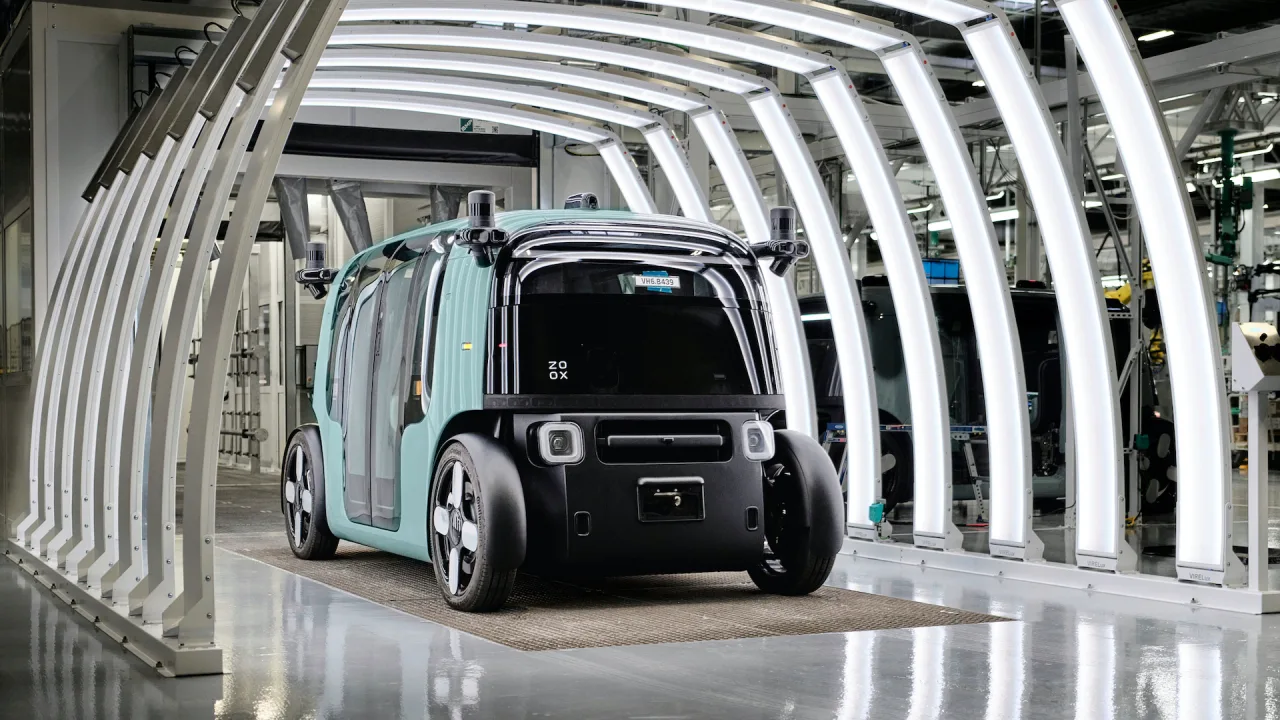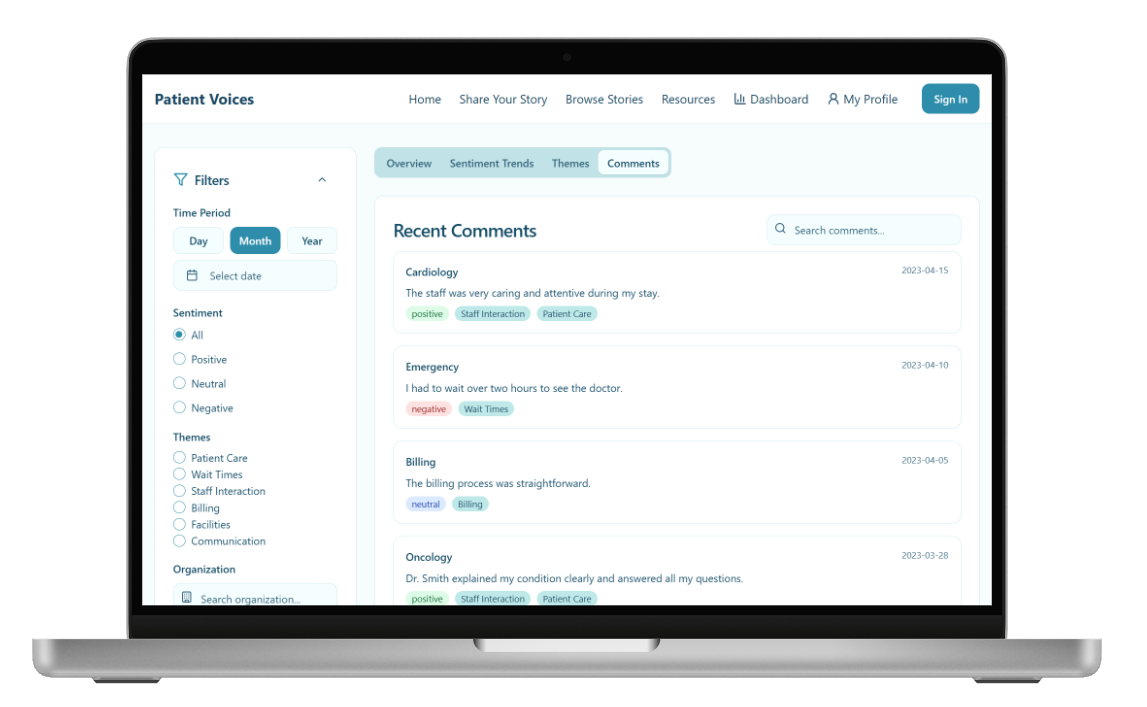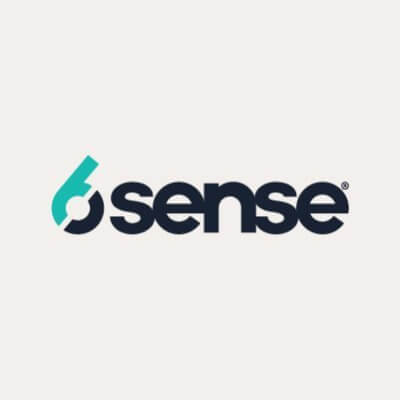Want AI-Driven Productivity? Redesign Work
Koivo/Ikon Images The traditional structures that once defined work — fixed jobs, rigid processes, and narrowly defined roles — are crumbling under the weight of change. For centuries, the relationship between cost (or price) and volume has shaped work’s economic calculus. Organizations operated on a model where productivity growth was tied to the availability and […]

Koivo/Ikon Images

The traditional structures that once defined work — fixed jobs, rigid processes, and narrowly defined roles — are crumbling under the weight of change. For centuries, the relationship between cost (or price) and volume has shaped work’s economic calculus. Organizations operated on a model where productivity growth was tied to the availability and cost of employed labor. But democratized access to work through gig platforms and agile ways of operating, coupled with major advances in technology — particularly and most profoundly artificial intelligence — is reshaping work across industries.
In the process, many businesses are struggling to realize the productivity gains promised by those changes — not because they lack the technology but because they are failing to rethink and redesign the underlying structures of work itself. This is especially true when it comes to reenvisioning work to incorporate AI’s possibilities.
Many companies remain trapped in outdated work models and processes. Work is still structured according to rigid job roles rather than as a fluid system of tasks that can be both tackled and optimized across human and machine capabilities. This misalignment prevents organizations from fully harnessing AI’s potential to unlock new efficiencies and thus limits productivity gains and creates unintended workforce disruptions.
To capitalize on AI, organizations must move beyond a simple binary narrative of substituting technology for the work that is currently being done by employees and embrace a fundamental redesign of work. Only with a concerted effort to deconstruct, redeploy, and reconstruct work will companies be able to achieve new levels of agility, scalability, and productivity. This involves taking a “work-backward” approach rather than a “tech-forward” approach: Instead of focusing on how technology can be applied to existing jobs and processes to eliminate human work, leaders must deconstruct existing and emerging tasks to understand which activities can be substituted, augmented, or transformed. Once they redeploy those activities to the optimal solutions, they will be on their way to reconstructing an entirely new way of working.
The Changing Economics of Work
Historically, the economics of work have been defined by the law of supply and demand: As prices (wages) rise, the demand for labor declines. On the other side, higher wages incentivize an increased supply of labor.
AI, automation, and new ways of organizing talent, such as drawing from agile internal talent pools and employing gig talent, are fundamentally changing this economic model and redefining the demand curve for work. As AI and automation become substitutes for repetitive tasks and augment complex ones in increasingly scalable ways, companies have more opportunities to tap into talent beyond full-time employees in fixed jobs to get that work done. This is helping organizations achieve growth with less resource intensity and greater flexibility, unlocking entirely new possibilities for value creation. We call this bending the demand curve.
This bending of the curve is happening at two levels. As companies provide democratized access to new technologies, such as generative AI, individual employees are able to free up time and increase their productivity by substituting mundane activities (for instance, research and data analysis) for creative activities (such as data synthesis and storytelling). These micro job redesign efforts make it possible for the organization to do more work with little or no increase in unit cost.
On an enterprise scale, leaders can redesign work at a macro level, using proprietary large language models and machine learning to power autonomous AI agents that execute on the design of a process. This can include writing and executing code, with humans acting as supervisors or even taking on specific activities to provide differentiated value.
The reductions in resource intensity that can result from AI-augmented operating systems mean that work requires less human labor and a lower “experience premium” (that is, a reduced need for costly, higher-skilled talent) as AI democratizes knowledge and capabilities. Less-experienced talent can operate at higher levels of proficiency.
Leaders, then, can deconstruct, redeploy, and reconstruct work. They can organize the work of humans in fixed jobs, where control is at a premium (think airline pilots). They can create flexible roles where internal marketplaces enable employees with specific skills to take on internal gigs. Unilever, for instance, was able to unlock 530,000 additional hours of work through its internal marketplace in 2020. Leaders can also build flow models, where specialist skills from within and outside a company can flow to the work as needed. An insurance company, for example, realized a 600% gain in the productivity of its data scientists by moving them out of fixed roles in the IT function and into an agile talent pool that took on projects across the company. Such redesign efforts often result in significant increases in productivity for little additional cost.
Bending the Demand Curve at a Global Financial Services Company
To better picture the deconstruct, redeploy, and reconstruct process, consider the experience of a global financial services company, which I recently advised, that was looking for a step change in the performance of a key customer process through the introduction of a new technology platform. The process involved handling customer orders for various products and executing a series of negotiated transactions that matched customers’ requirements with those of various vendors. This process resulted in the creation of a series of custom securities that the company then managed for those customers.
The new technology platform combined the use of AI vision to ingest data from multiple sources with the implementation of robotic process automation (RPA) to integrate data from multiple sources. The platform also incorporated machine learning to analyze data from multiple sources and develop the new securities, and a generative AI interface that enabled employees to draw insights from all of the data that was being gathered and make recommendations to customers. The platform was expected to reduce processing errors, eliminate inefficiency in processing rates, and improve the overall customer experience. In addition, the company hoped that the new process would reduce turnover and inefficient allocation of talent: The former system had resulted in high turnover rates among bored junior talent, and too much senior-level capacity spent on routine tasks that could be automated.
Company leaders recognized that they needed to redesign the work around the capabilities of the new platform in order to realize the returns projected for their business case. What they had not realized was how the aforementioned process of deconstructing and analyzing the various tasks would enable them to identify redeployment options that extended well beyond the capabilities of the platform, including opportunities to move some work to more junior talent and global capability centers. Recognizing that implementing the technology alone would not solve the problem, the leaders knew that they needed to fundamentally deconstruct the work, redeploy it, and reconstruct new ways of working to fully harness the platform’s capabilities.
Specifically, the company did the following:
- Automated 68 different tasks across the four primary roles engaged with the customer service process, eliminating manual work that had primarily been performed by junior employees.
- Shifted 17 tasks from senior managers to junior team members with the aid of generative AI, replacing the tasks that had been automated. This shift also increased the retention of talent, since mundane and repetitive tasks were replaced by work that required more creativity and critical thinking.
- Redeployed 29 tasks requiring deep analytical skills away from those same four customer service roles to an existing global capability center that had the skills and capacity and had previously been used for a different process.
- Increased the impact of more-senior employees by augmenting 14 tasks, including client relationship management and employee coaching, with support from the platform’s machine learning and generative AI capabilities.
The net effect of these redesign efforts was a 50% reduction in the work of the current workforce and an 18% reduction in employee turnover. Those changes have enabled the organization to focus its most experienced talent on providing a “higher touch” customer experience, particularly when it comes to the onboarding experience of new customers (a historical pain point). The net effect was also a 40% reduction in the operating cost of the entire process and an improvement in customer acquisition and retention.
Bending the demand curve of work enabled company leaders to realize a step-change improvement in productivity, efficiency, and customer impact that even their most optimistic business case had not contemplated.
Five Steps for Redesigning Work in the Intelligent Age
While the business case for deconstructing, redeploying, and reconstructing work is clear, many organizations struggle to transcend historically rigid job roles and the mindsets, skill sets, and tool sets associated with how work is done.
Organizations can take these five actions to navigate this shift:
1. Start with the work. While it is tempting to see AI as a silver bullet, real ROI can be achieved only by starting with the work to be done, not the technology that might affect it. This is possible only by deconstructing the work into its elemental tasks and analyzing where the technology can be substituted for, augment, or transform each task; redeploying the tasks to AI and automation, and organizing talent in new ways; and then clarifying how a new way of working has been reconstructed.
2. Think about your entire tech stack. Too many organizations focus on technologies like generative AI as stand-alone tools and miss how they can be force multipliers for their existing technologies (such as, in the financial services case, RPA and machine learning). There, the combination of AI vision, RPA, machine learning, and generative AI enabled the complete transformation of a key customer process.
3. Think beyond AI. By starting to “work backward” instead of “tech forward,” the financial services company’s technology platform allowed it to redeploy work to more junior talent and its global capability center. Those benefits were not envisioned in the original business case, but tapping into these options further increased the ROI of the technology. This kind of payoff is possible only if you are willing to move work based on where the underlying skills to perform the work reside. Taking a work-backward approach also allows companies to understand the specific technology capabilities required before investing in them, potentially saving a significant amount of capital by avoiding paying for the wrong tools.
4. Plan for how you will use the freed-up capacity. The financial services company was clear about how it would reconstruct its more senior roles to increase their impact. As repetitive tasks were eliminated and other work was shifted to more junior employees, senior staff members were able to dedicate their time to improving the customer experience and, specifically, elevating the onboarding of new customers. The economic impact of the stronger customer acquisition and retention rates ended up being on par with the savings from the redesign of the core work.
5. Make work design a core organizational capability. Realizing the promise of AI requires the efforts of an organization’s entire leadership team, at all levels and across all capacities — from business leaders to technology leaders to human resources leaders. Starting with the question of what work needs to be done will enable organizations to ensure their own perpetual reinvention, especially in the face of the accelerated and unpredictable development in AI’s capabilities.
Are you ready to bend the demand curve of work?


































































![https //g.co/recover for help [1-866-719-1006]](https://newsquo.com/uploads/images/202506/image_430x256_684949454da3e.jpg)























![How Smart PMs Scale Their Careers in Any Org [TPG Live Recap]](https://tpgblog.com/wp-content/uploads/2025/06/2025-06-12-thumbnail-action.png?#)















































